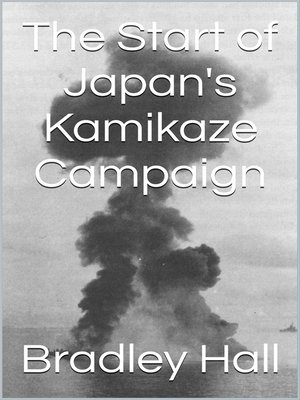
Sign up to save your library
With an OverDrive account, you can save your favorite libraries for at-a-glance information about availability. Find out more about OverDrive accounts.
Find this title in Libby, the library reading app by OverDrive.



Search for a digital library with this title
Title found at these libraries:
| Library Name | Distance |
|---|---|
| Loading... |
A damaged Japanese fighter set off a savage fire on SC-699 at Biak in 1944. The incident played a key role in the development of kamikaze tactics.The crew of the submarine chaser 699 (SC-699) watched with dread as the Japanese fighter aircraft slammed into the ocean, cartwheeled off the ocean's surface, and spun toward its deck. Minutes before the crew members had fired all their guns in an effort to withstand the assault by four Japanese aircraft. In that lighting-fast encounter between combatants, both sides had been grimly determined to inflict maximum damage on each other.As the enemy fighter plan spun toward them, SC-699's crew had only a few seconds to reflect on the implications. The out of control enemy plane posed a mortal danger to their fragile bodies and their equally fragile wooden ship, which was part of a flotilla of U.S. ships anchored off Biak Island 900 miles from the Philippines. There was nothing they could do except brace for the impact and hope and pray their lives might be spared in the certain catastrophic event that was unfolding.







